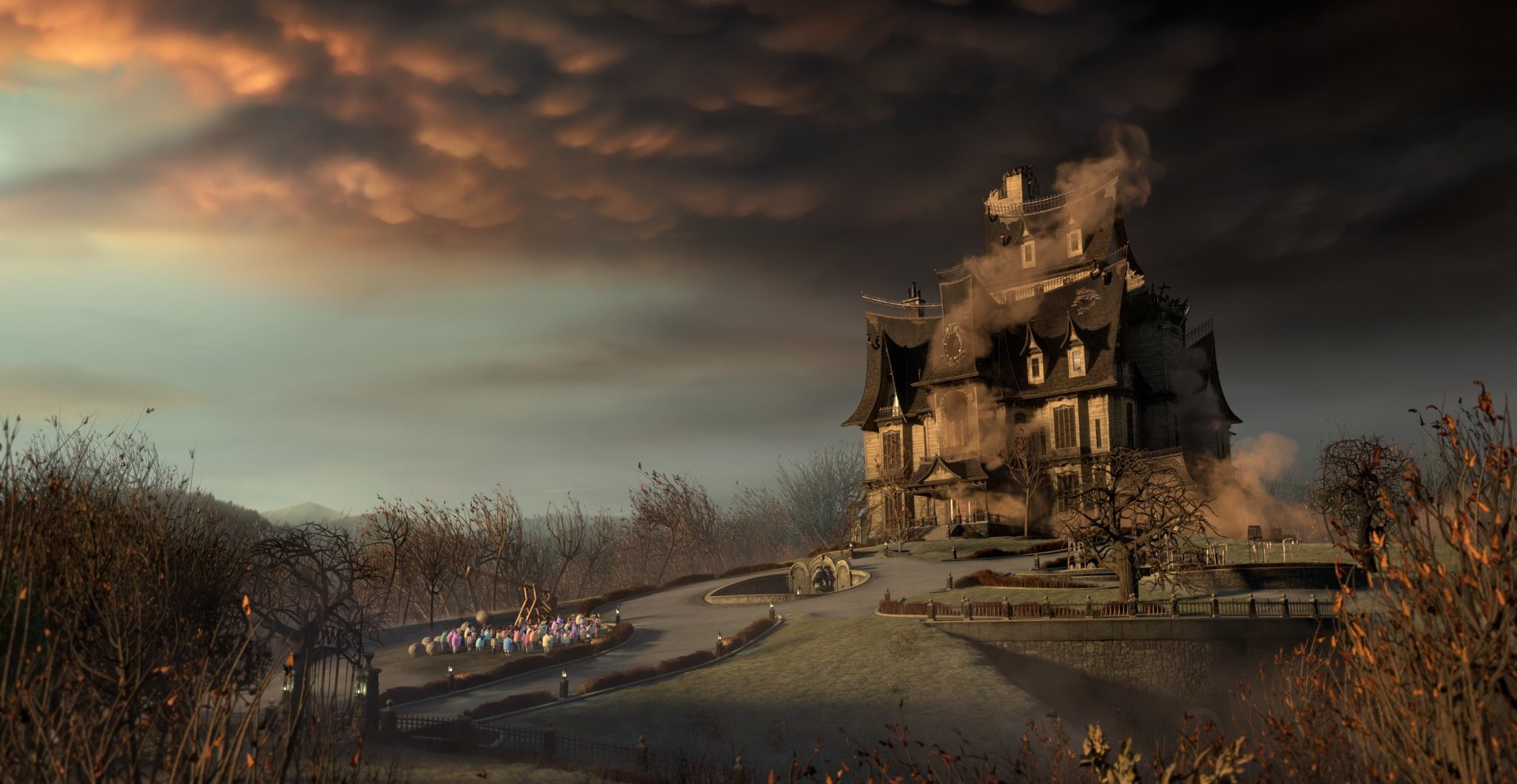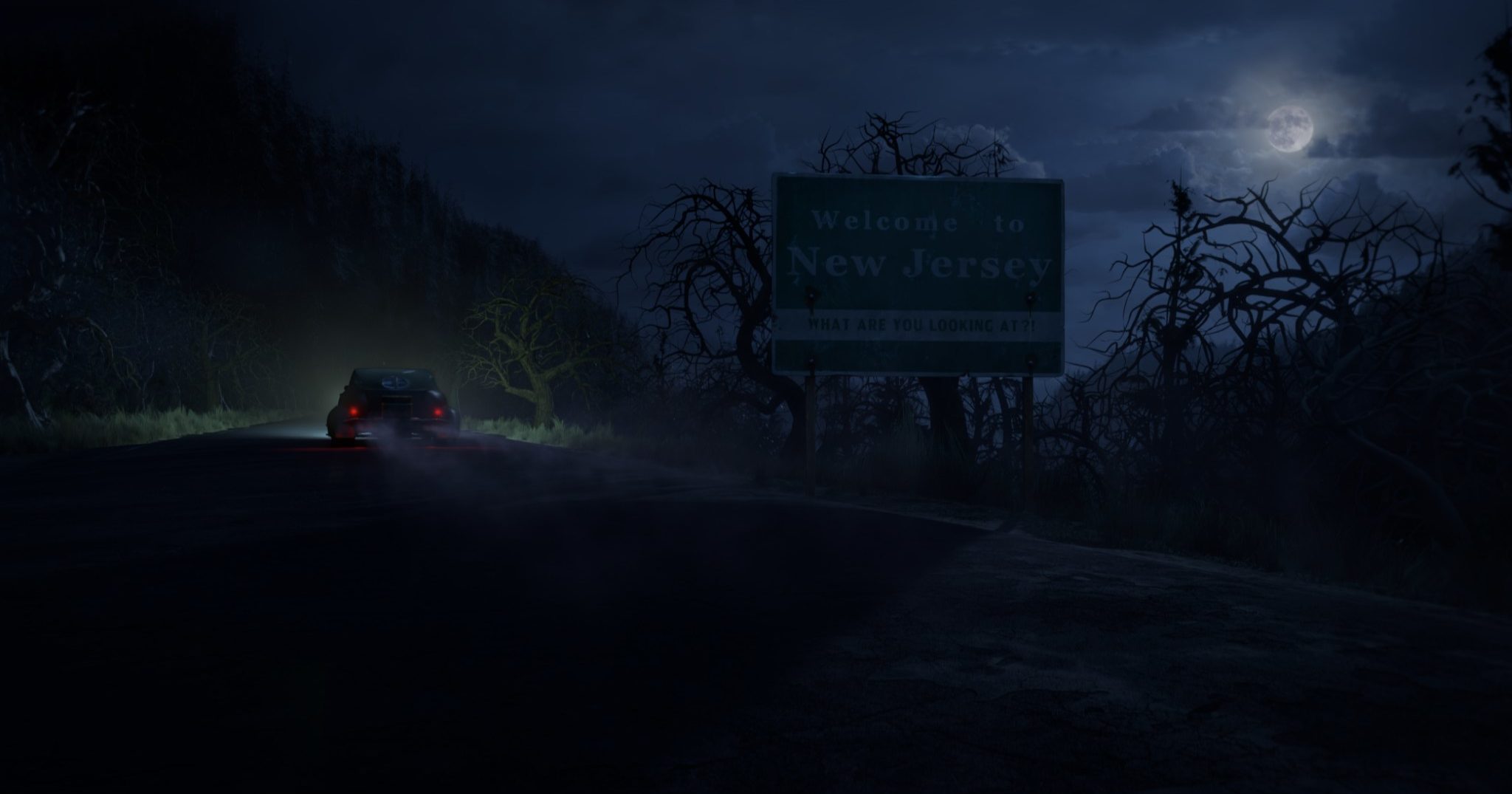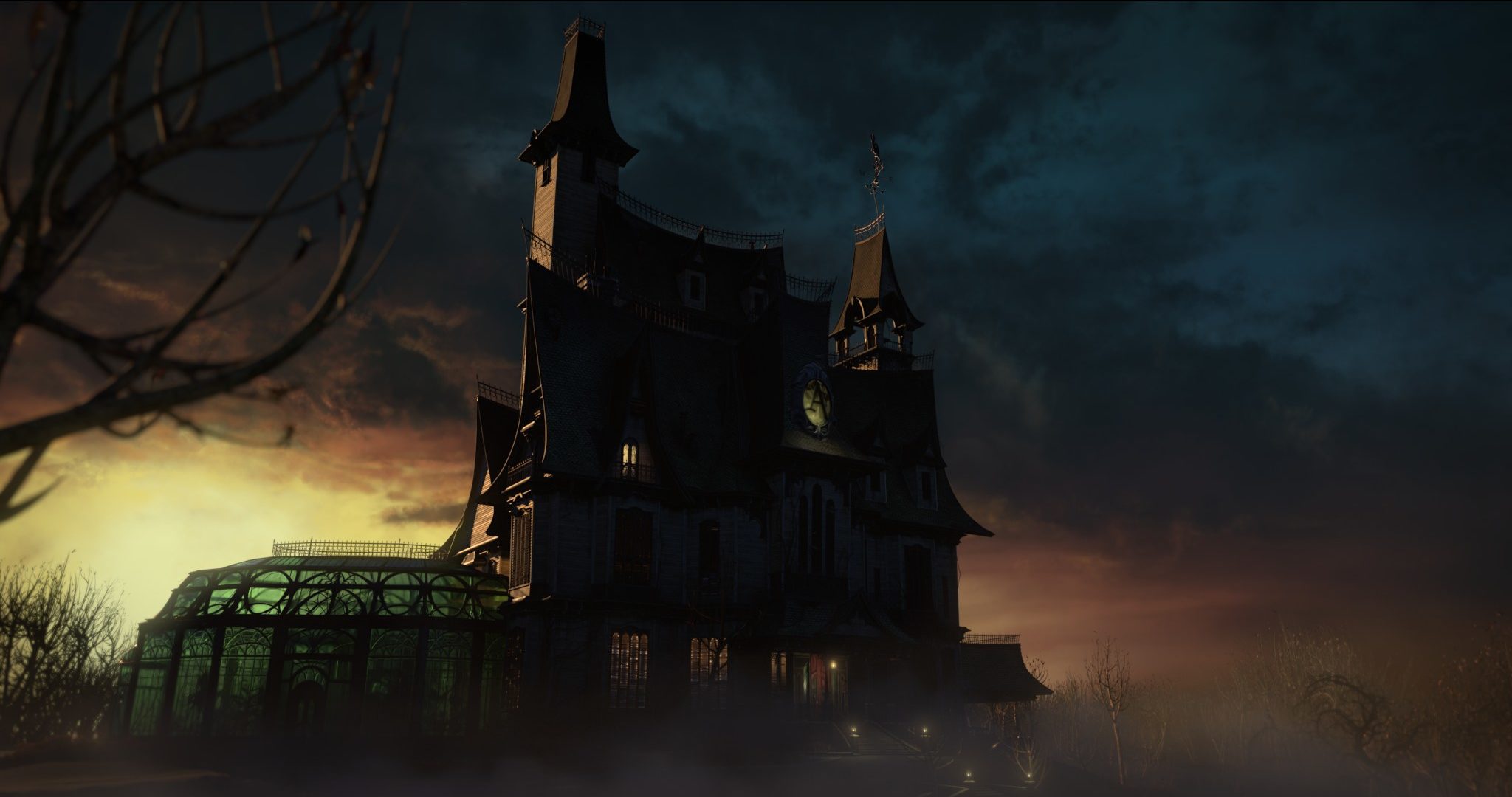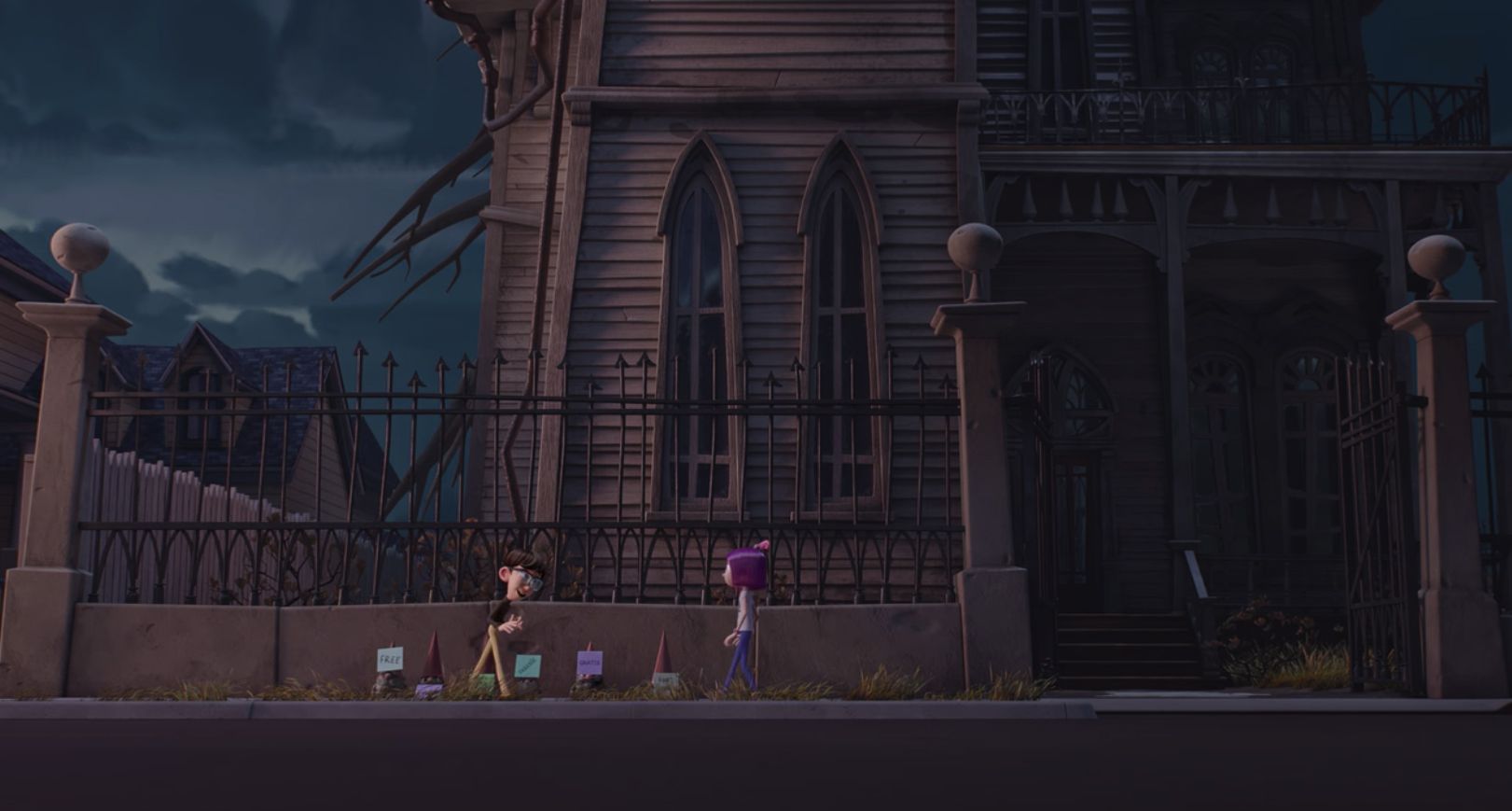
Since its inception in 2014, Cinesite’s Feature Animation division has been working with filmmakers to deliver compelling stories that are created with increasingly complex, and progressively higher quality animation. Our feature animation departments work collaboratively to breathe life into the characters and places these stories rely on.
In this series, we explore each department through conversations with our crew and dive into the role they play within the production pipeline.
In this edition: Digital Matte Painting with Milan Schere, Matte Painting Supervisor at Cinesite Vancouver
What is Digital Matte Painting (DMP) within the context of feature animation?
The matte painting department in feature animation has a variety of responsibilities ranging from painting the sky and digital backgrounds in scenes, to creating the mid-ground of large environments as well as detailing up foreground elements, and tying everything in with the overall look of the project.

What are some methodologies in DMP?
The bread and butter of matte painting is combining digital painting skills with photographic reference in Photoshop. The resulting imagery is then layered onto geometry in order to create parallax between individual components. The various methodologies incorporate 2D, 2.5D and 3D techniques based on in-depth understanding of fundamental skills such as perspective, lighting, composition, etc.

What role does the DMP department have within the overall production pipeline?
DMP sits between layout and compositing, collaborating closely with lighting. Depending on the specific requirements of a shot, this can mean providing materials to lighting, working simultaneously with lighting and/or receiving renders from the lighting department to use as part of the matte painting.
What is the objective of DMP?
The key objective of matte painting is to produce invisible art as efficiently as possible. Some shots call for us to guide the viewer’s attention through the frame, others are more subtle and the goal is to not distract from the narrative. Whether DMP helps to set the mood or blend in harmoniously, it’s serving a purpose rather than just making pretty pictures.

How is DMP for a feature different from a series?
In production the main difference is often reflected through the schedule, resulting in somewhat contrasting approaches. Series deliver more content in less time and therefore have to be tackled in a more time-sensitive way. Communication within the department as well as between all departments DMP interacts with is of the utmost importance in both cases.

What skills are required to be successful in DMP?
Matte Painting is a very specialized art form within a niche of the industry and, in the end, the tools you use do not really matter. It is much more important to develop certain artistic skills like seeing light, rather than knowing which buttons to press. It’s important not to rush through your education, but rather, build a strong foundation by doing a BA in Fine Arts and an MA in Animation/VFX in order to obtain a full understanding of all requirements.
Over the years our tool set has changed a little as DMP is always adapting to what is available as well as new technical requirements. Matte painters must train their eyes for special attention to detail and develop a sense of “painting” with light.

What is the best thing about being in the DMP department?
On an artistic level, it is definitely very rewarding to see your final work on the big screen. A lot of time and effort goes into each matte painting shot. From a department point of view, matte painting attracts like-minded individuals and being part of a collaborative team can feel extremely satisfying.

What is the best part of being in the DMP department at Cinesite Feature Animation?
You end up spending a significant amount of time at work in this industry. Cinesite makes this experience feel like home away from home and your department is like a special group within a big family. What makes this experience even more remarkable at Cinesite is the wonderful opportunity for DMP to be able to interact with so many amazing departments within the pipeline.
